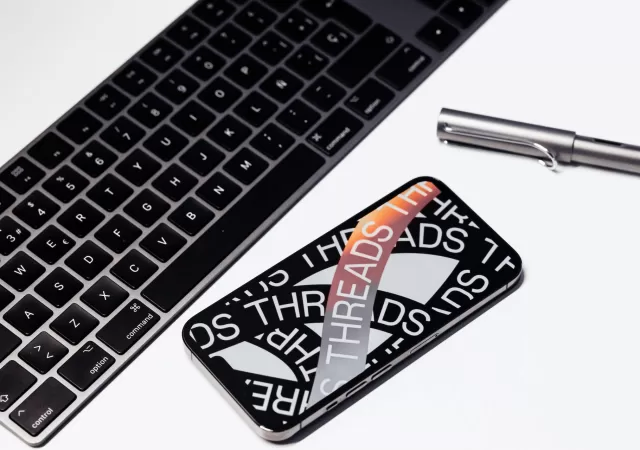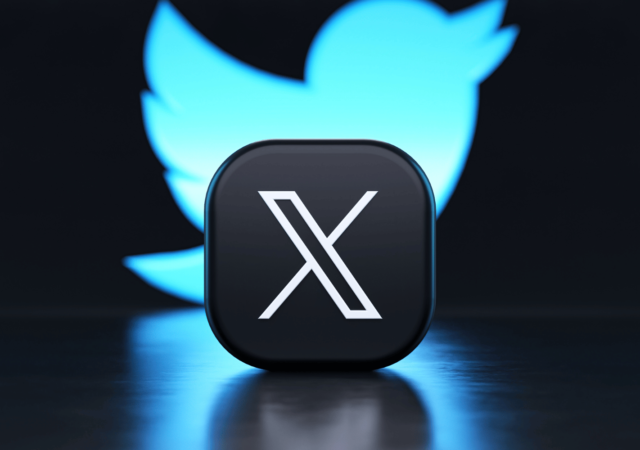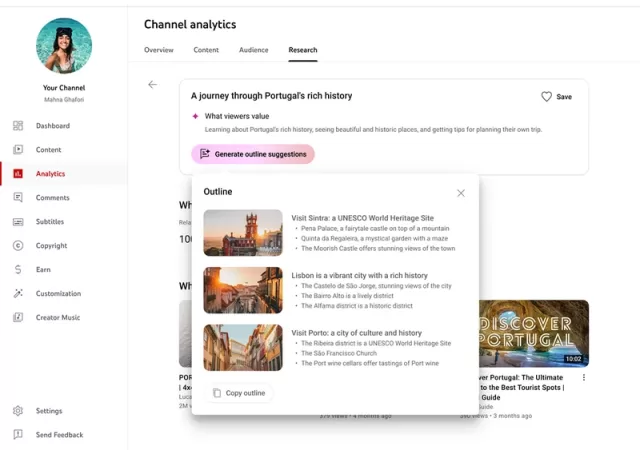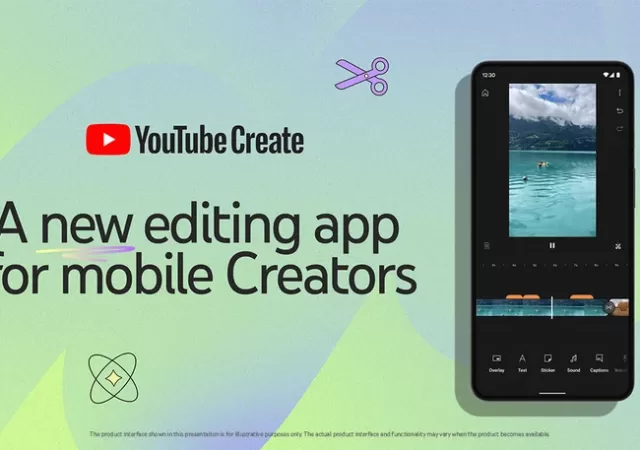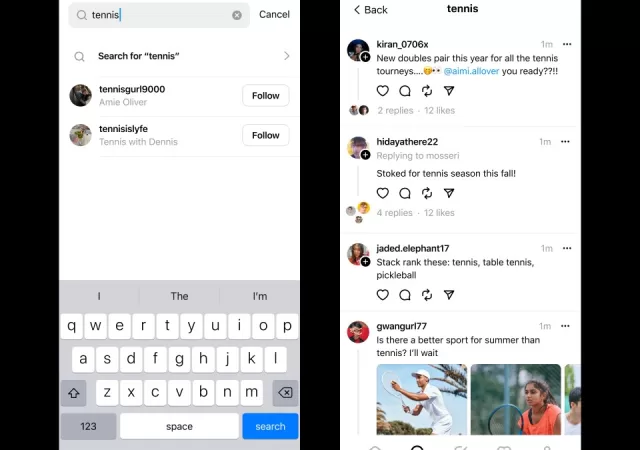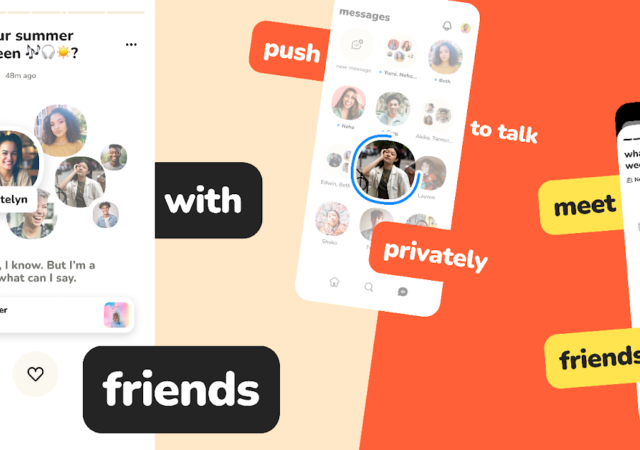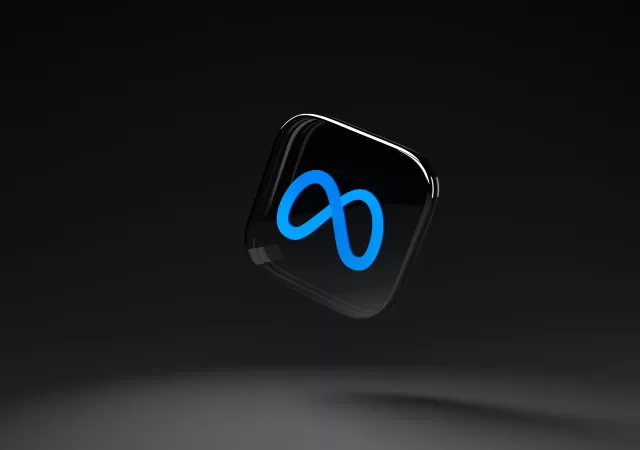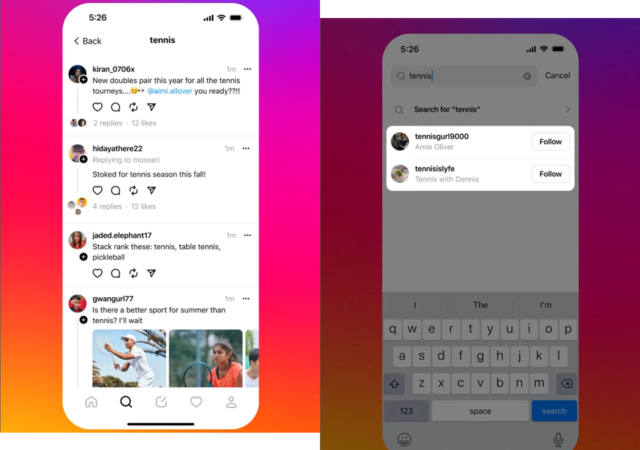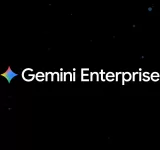Get ready for some AI-generated fun thanks to Instagram’s latest feature. The new part, which was newly announced on Thread by Ahmad Al-Dahle, Metas+’s Generative AI Lead, is proud to showcase Instagram’s latest feature, which allows users to remove their…
Meta’s Threads Takes a Step Towards Openness with ActivityPub Integration & European Launch
Threads adopts ActivityPub after launching in Europe and introducing Tags.
Meta’s Next Billion User App, Threads, Brings More Features
Find out how the team over at Instagram & Threads are trying to make conversations more engaging with their native GIF picker & polls and more – learn more about their lofty ambitions.
X (formerly Twitter) Unveils New Subscription Tiers: Here’s What You Need to Know
X is introducing two new tiers to cater to diverse user needs: Premium+ & Standard. Get a blue checkmark & remove ads w/ the USD$16 (RM76.20) monthly Premium+ subscription. Learn more now.
Generative AI Coming to YouTube Creator Tools
YouTube has revealed new tools and apps for creators, including the experimental ‘Dream Screen’. Learn more about how these features can help simplify the process and increase viewership and engagement.
YouTube Create Here to Simplify Content Creation
Google presents the YouTube Create app, a new tool designed to make creating videos simpler with features like auto captioning and voiceover.
Threads is Finally Adding a Search Feature
Mark Zuckerberg has announced that Threads is finally bringing the keyword search functionality to “most English and Spanish-speaking countries.” The recent expansion follows a week-long testing phase in Australia and New Zealand. Prior to this update, Threads had only allowed…
Meet the New Clubhouse Where Social Messaging Meets Voice
Pandemic golden child – Clubhouse – is making a major pivot. The once forum-like social platform is focusing on connecting in a more personal way.
Meta Contemplates Ad-Free Subscriptions for Facebook and Instagram in Europe
Meta looks into the possibility of shifting its business model in the European Union to better abide by privacy laws implemented in the region.
Meta’s Threads App Expands with Keyword Search Feature
Meta’s Threads app begins the rollout of the search function for posts on its app this week starting with Australia and New Zealand.





